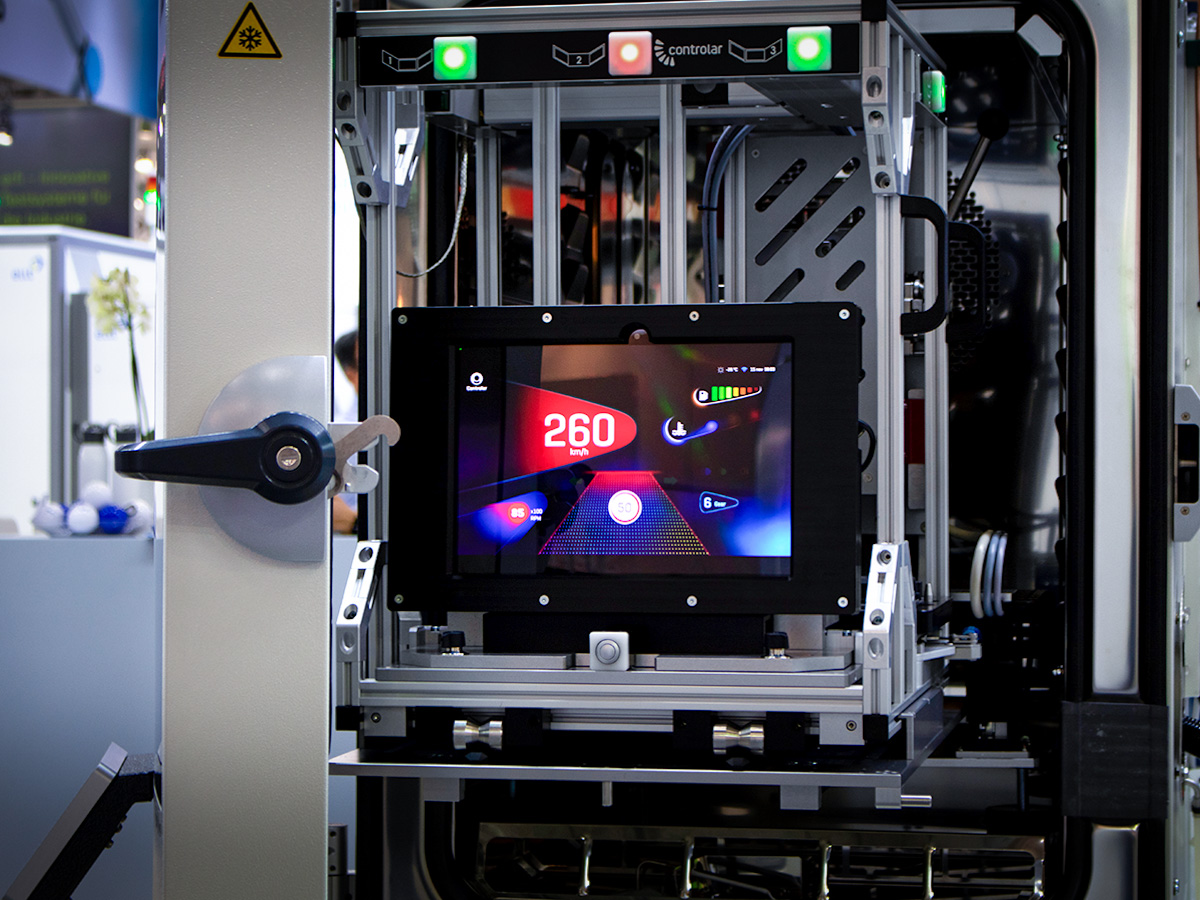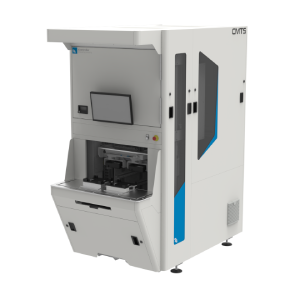The growing complexity of automotive electronics presents new challenges in production testing. As modern vehicles incorporate advanced sensors, communication networks and complex software, ensuring reliability requires comprehensive and efficient testing methods. These components and subsystems must be tested both individually and as part of a larger system
As complexity grows, so does the number of tests and scenarios needed, often requiring custom protocols and specialized equipment, making testing automotive electronics in production environments more difficult, time-consuming and costly.
Automated testing, including end-of-line (EOL) testing, is an important tool to assure testing efficiency and accuracy in electronics development. Improving automated test methods requires a combination of best practices, including the use of standardized procedures, automation, high-quality equipment, automated data analysis, artificial intelligence, regular maintenance calibration and continuous process improvement. With these methods, organizations can improve testing efficiency, reduce testing time and costs, and deliver higher-quality products to market.
This article explores best practices in automotive electronics testing, comparing different test methodologies and highlighting solutions like Controlar’s Compact Multicell Test System (CMTS) and Burn-In and Run-In Systems, which leverage parallel and concurrent testing for enhanced throughput and sustainability.
Automated testing for infotainment systems
Vehicular infotainment systems provide a means of entertainment and information, transmitted to the vehicle using radio waves. These systems have evolved from basic AM/FM receivers to advanced platforms capable of processing signals including DAB, DVB-T, satellite radio, Bluetooth, wifi, LTE and 5G. Modern systems also integrate data from other electronic control units (ECUs), such as the engine control unit, ADAS, climate control and other safety and comfort systems.

End-of-Line testing
The testing process involves the interaction of the testing equipment with the electronic product in a simulated environment, replicating the conditions present in a vehicle. This includes interactions with other ECUs and real-world signals such as RF signals and other signals captured by specific sensors. Replicating these conditions requires specialized hardware equipment capable of generating such signals.
RF testing is a very important part of this process, especially for infotainment systems. One of the primary uses of these devices is entertainment, mainly listening to radio stations. Consequently, significant focus is placed on testing the radios within these products. For this testing to occur, the correct signals must be generated for the product to receive and decode. Alongside testing, calibration generally takes place to account for losses and variations in the product itself.
RF testing can be conducted using two primary methods, signaling and non-signaling testing:
Signaling testing: This approach establishes a full communication stack, testing both hardware and software. For Bluetooth testing, for instance, pairing is performed and data is transferred between the product and testing hardware capable of implementing the full stack. This method tests and validates the components, assembly of the product and software stack comprehensively but requires longer test times due to the need to establish a connection and perform detailed test.
Non-signaling testing: This method focuses on validating hardware, assembly and basic software functionality. A set of standard packets are transmitted between the product and testing hardware, which are then analyzed for objective indicators such as Bit Error Rate or frequency deviation. Although faster than signaling testing, this method does not validate the whole software stack, and testing routines must be implemented within the product.
Single vs. multi-product testing systems
There are several types of systems designed for final testing of automotive products. These systems can test a single product at a time or handle multiple products simultaneously:
Single-product system: Equipped with dedicated hardware available exclusively for one product at a time. The utilization of each hardware component depends on the test type and the product being tested.
Multi-product system: Share hardware between multiple products or include dedicated hardware for each product, depending on factors like cycle time, hardware costs and available space.
Testing methodologies
Testing multiple products simultaneously in an automated test system can be limited by the cost of replicating hardware for each of the products. To address this problem several test methodologies have been implemented, each with its distinct advantages and disadvantages. Sequential, parallel and concurrent test methods are three different methodologies that can be used to improve automatic testing efficiency and effectiveness.
Sequential testing: Involves running tests in a predefined order, one after another. This approach is straightforward and easy to understand, and it ensures that tests are performed in a logical and consistent manner. However, sequential testing can be slow and time-consuming, as each test must be completed before the next one can begin.
Parallel testing: Involves running multiple tests simultaneously, often using multiple testing environments or systems. This approach can speed up the testing process and improve efficiency, as multiple tests can be run in parallel. However, parallel testing can be complex to set up and manage, as it requires coordination between multiple testing environments.
Concurrent testing: Involves running multiple tests simultaneously on the same system or environment. This approach can be faster and more efficient than parallel testing, as multiple tests can be run in parallel without the need for multiple testing environments. However, concurrent testing can be complex and challenging to set up, as it requires careful coordination of test cases to avoid conflicts and ensure that tests are run correctly.
Regardless of the chosen methodology, all tests must meet 100% coverage as specified in the test requirements.
Solutions for parallel and concurrent testing
Controlar has developed solutions that empower manufacturers to optimize their testing processes using parallel and concurrent methodologies. These systems enhance efficiency while promoting sustainability by reducing energy consumption, minimizing equipment redundancy and maximizing production floor space.
Two of Controlar’s flagship systems are the Compact Multicell Test System (CMTS) and the Burn-In and Run-In Compact Systems — demonstrating how these advanced testing solutions enable higher throughput while maintaining rigorous quality standards.

The optimization of automotive electronics testing is crucial to meet the increasing complexity of modern vehicle systems. By adopting automated testing methods, including end-of-line testing, and utilizing parallel and concurrent testing methodologies, manufacturers can significantly enhance testing efficiency and reduce costs.
Ultimately, the careful selection and implementation of efficient testing strategies enable manufacturers to deliver high-quality products while meeting operational and environmental goals.


